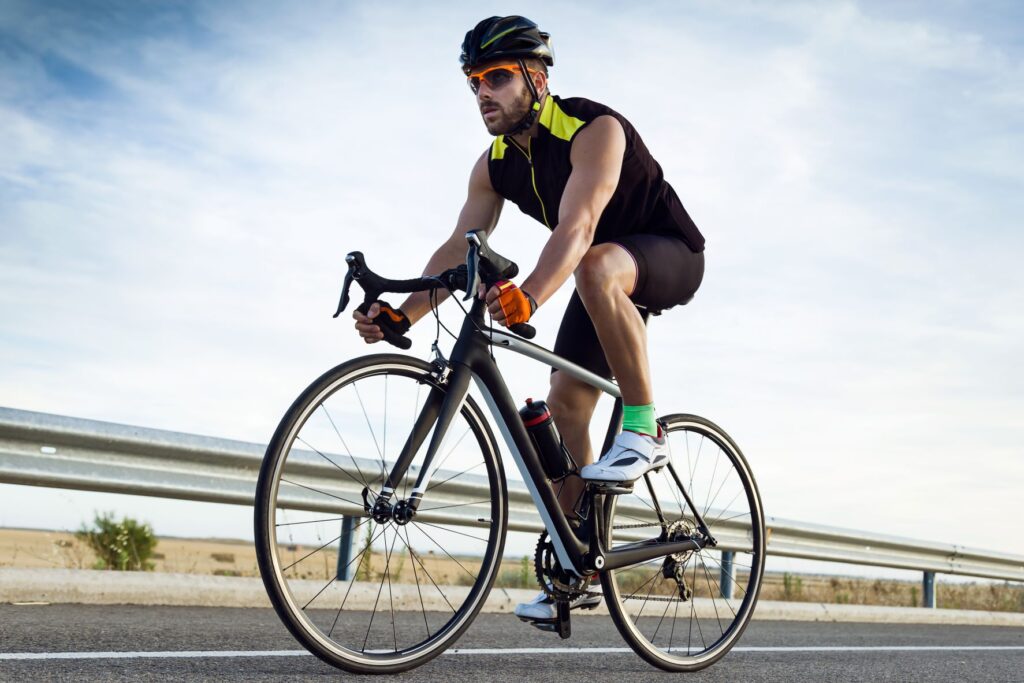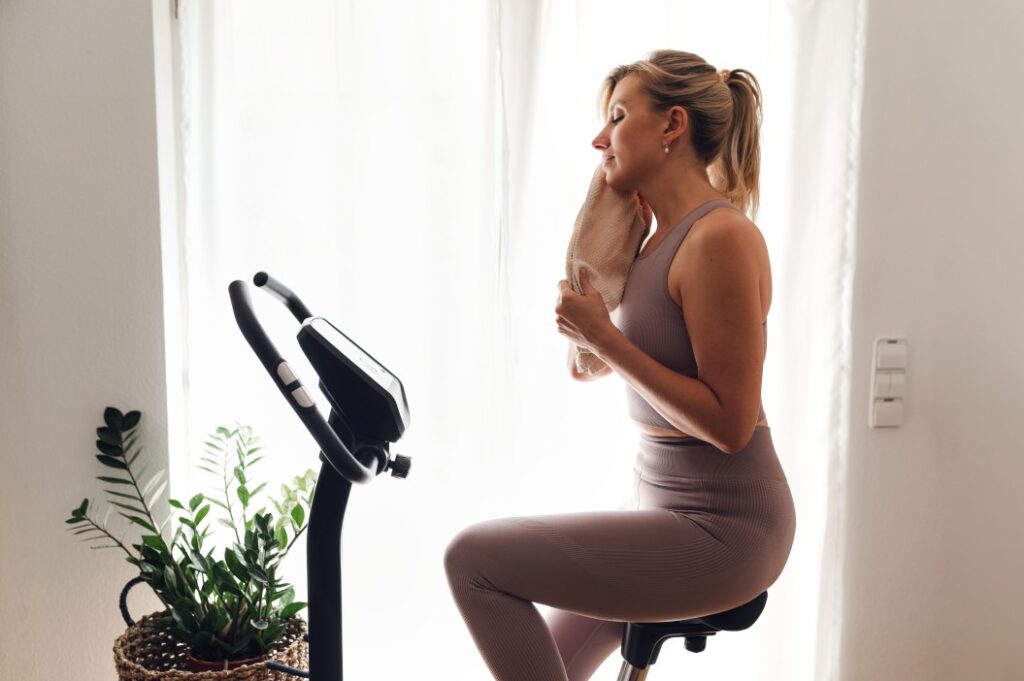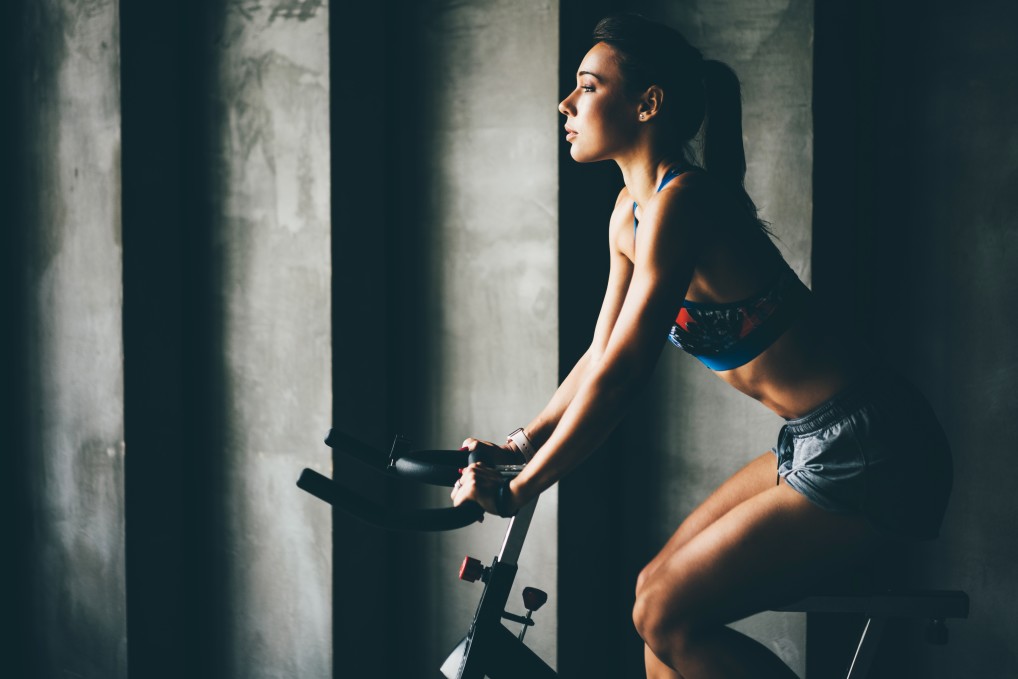There are many aspects of car-bike collisions that you should know and be prepared for. These lessons will cover the most common causes for car-bike collisions. They also include first aid for injured bicyclists and how to contact an Abogados de Accidentes Santa Ana after a crash.
Common causes of car/bicycle collisions
There are many reasons why a car-bicycle collision could occur. One of the most common is distracted driving. Distracted driving involves reading, responding to, and using social media while driving. Another common cause is following too closely, which can create a dangerous situation by leaving cyclists with little room to avoid a collision.
Drivers must be careful to not weave between lanes when driving. They are less likely than drivers to see bicyclists while driving in this manner. Impatient drivers may also switch lanes frequently to avoid slower drivers. This can lead to a car-bicycle collision, as drivers are less likely to see cyclists when making an overtake.
Another factor is poor road conditions. Bicyclists may find it more difficult to see the road, which can cause them to turn into the path of a vehicle. To be visible, cyclists should wear reflective clothing and have a headlight for visibility. A third of fatal bicycle crashes occur due to drunk drivers.
Car-bicycle collisions are more common in urban areas than in rural areas. They happened most often between seven and five in the morning, when traffic density is at its highest. Head-on collisions, rear end collisions and collisions in the opposite direction are the most common causes of car/bicycle collisions. In addition, bicycle-car collisions tend to happen outside of intersections. Fortunately, they are less common in rural areas than they are in metropolitan areas.
First aid for injured bicyclists
If you have been in a biking accident, you should seek medical attention immediately. In addition to calling for medical help, you should try to move away from traffic to avoid further injury. After you’ve gotten off your bike, check for injuries to your chest, back, abdomen, and head. If you have any broken bones or bruises, you should call 911 for an ambulance.
Go straight to the hospital if the bicycle accident was not your fault. Even if the accident was not serious, you should still visit a hospital to have medical staff assess the extent of your injuries. Sometimes injuries are not immediately obvious. Delaying medical attention can lead to serious consequences. Besides, it’s also important to treat hidden problems quickly, because they can worsen over time.
Keeping a basic bike kit on hand is another way to minimize the extent of injuries. A multitool, chain link and a spare tube are all essential items in this kit. You also need basic first aid supplies such as tape, wraps, bandages and tape. It is also a good idea that you call the police immediately, as you may not be able to identify your injuries for several days.
Ask for the names and addresses of any witnesses to the accident. Include their statement in your report. You also want to report all injuries, from minor to serious. Even minor injuries can get worse over time.
After a crash, contact an Abogados de Accidentes Santa Ana
You should immediately contact an attorney if you were involved in a bike-car accident. An attorney can help you navigate insurance claims and fight for maximum compensation from responsible parties. They can also negotiate a settlement or represent you in court. There are many resources online that provide free legal information and attorney directories. These directories can help you find a qualified attorney to fight for your rights after a bicycle-car collision.
You should immediately seek medical attention if you are injured. While your injuries may not have been apparent immediately after the collision, they could be permanent. Make sure you document your injuries to get a better idea of what happened and what to do next. Also, you should take pictures of the accident scene and any visible injuries.

After that, you should fill in a police report. The police report will serve as official documentation of the accident, including names of witnesses. You should also take photos and videos at the scene of the accident. It is important to obtain a copy from the police officer of the accident report and medical records. The police report will help you collect information from the responsible party and prove your injuries. Once you have all of the information, you can contact an attorney in New York for your case.
Even if your insurance covers you for health, you should hire an attorney to represent yourself in court. Insurance companies may be able to pay for your injuries and medical costs if you can show they weren’t your fault. Your personal liability insurance can also be used to cover legal costs and expenses.
Avoid being rear-ended with a car
If you’re on a bike, there are a few things you can do to avoid being rear-ended by a car. To change lanes, you must always use turn signals. You should also avoid aggressive driving, such as tailgating or brake checking. Lastly, if you’re injured, make sure to seek medical attention immediately. If you are not hurt, call the police to document the accident and to explain what happened.
You can also avoid getting rear-ended by a vehicle by having working brake lights and blinkers. This will help alert the driver behind you that you’re trying to slow down. Be sure to also wear reflective gear when riding at night. Additionally, avoid riding too close to the curb and always ride at least six inches inside the white shoulder line.
You should also keep a safe distance from other vehicles when you pass them. Massachusetts traffic law requires that cyclists be given adequate space by drivers when they are overtaking. If a cyclist is hit from behind by a car, the driver will be held accountable.
Lastly, you should always ask the other driver to show their license. You should also ask for their names, addresses, phone numbers and insurance information.
Avoid stopping to the right side of a car
It is important to avoid stopping to your right when you are cycling. This will help prevent a collision between car and bike. If you pass to the right, the motorist may have less time to react and be more likely to stop. If he sees you, he might slam on his brakes and run into the car in front.
It is important to avoid stopping to the right of a car, as cyclists are often blind to cars coming from the opposite direction. This can result in a right-hand turn into the cyclist’s path. This can be avoided by slowing down and passing on the left. This will prevent the car from colliding into the cyclist.
Always look behind you before making a turn. About 25% of bicycle-vehicle collisions occur at driveways. Bicyclists are often overlooked by motorists leaving a driveway. They will pass them without waiting for them to react.
Bicyclists should keep a minimum of a few feet in front of cars when turning left from a stop sign to avoid a collision. Stopping to the right of a car is particularly dangerous if it is a large vehicle, as it may be difficult to see around it. It is important not to move past a vehicle after the light turns red. Collisions are also more likely when drivers fail to use their right turn signals.
Avoiding hitting bicyclists who violate tip #1
Keeping a good lookout for bicyclists is critical in avoiding a car-bike collision. Bicyclists should always stay on the right side and look behind them as they turn. Bicyclists must yield to drivers and use the appropriate signal signals and hand signals. Bicyclists should ride two abreast only if there is no traffic, and they should ride single file when around other vehicles. In addition, bicyclists can use the same turn lanes as cars, and they may even take the entire lane in order to make a safe turn.
Sometimes, a cyclist riding in an unfavorable direction may not be able to see a car turning right or left. This can cause the cyclist to lose time and the motorist must immediately apply the brakes to avoid hitting it. In addition, drivers should never make a left turn directly in front of a cyclist.
Drivers should also be aware of the road and avoid speeding and being intoxicated. Speeding and alcohol can reduce the driver’s reaction time, making it difficult to see bicyclists. Drivers who fail pay attention to the road can be held responsible for accidents and may be held liable for damages or expenses.
Bicyclists should be yielded to drivers, and high beam headlights should not be used when approaching them. Drivers should also avoid honking, as this will startle bicyclists and cause them to swerve into traffic. Instead, make eye-contact with bicyclists and wave.



